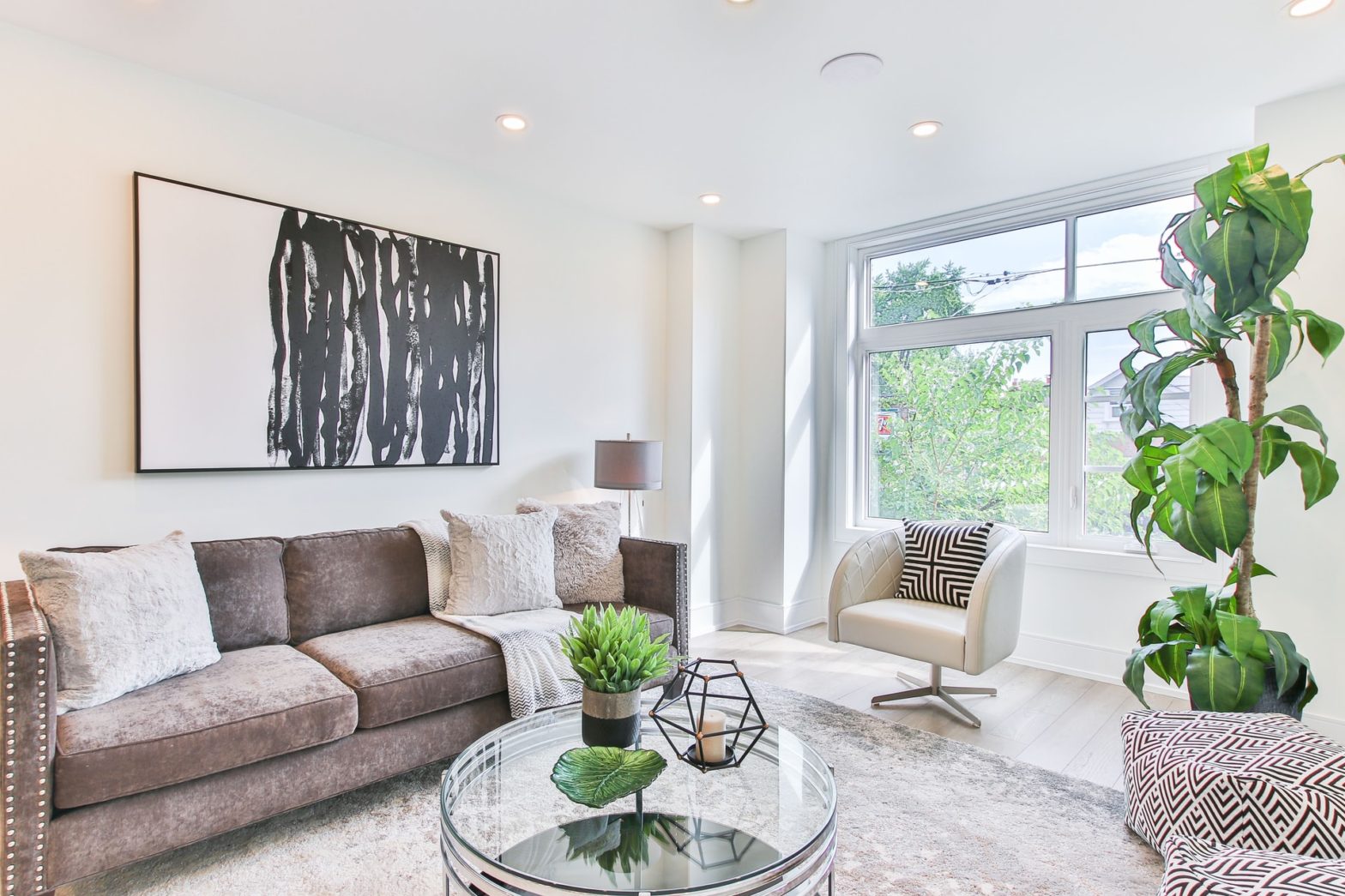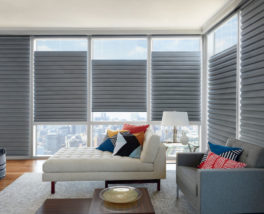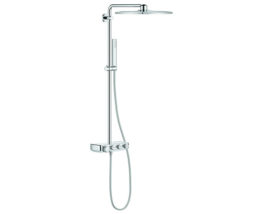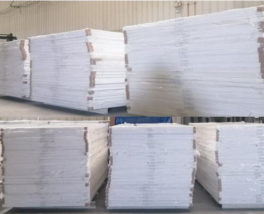
You’ve probably seen them millions of times in your life. From tools, toys, to construction materials, the popularity of PVC (or polyvinyl chloride) is undoubtedly justified. Thanks to the rise of PVC ceiling installation, the popularity of PVC is slowly taking over the home construction industry.
First of all, where does PVC even come from?
Originally used for interior wall finishes because of its then-unique properties, PVC was first developed in Europe during the 1970s. At present, PVC panels are famous for their easy installation – featuring lightweight forms and hollow cores to achieve smoother surfaces.
Aside from ceilings, where else can you use PVC panels?
Since PVC panels are basically factory-manufactured plastic materials of varying lengths, colors, and sizes, you can easily integrate them into any part of your home. Aside from working as effective ceiling panels especially for moisture-laden spaces, you can also use PVC panels as wall panels and as waterproof flooring for your kitchens and bathrooms.
Why use PVC ceiling panels?
Here are ten reasons why PVC ceiling panels have been a widely-used material for ceiling installation:
1. They are anti-fungal – This means that upon installation, you’re assured that nothing will grow on the ceiling. This has been proven with the absence of blood on these panels – signaling that no fungal and/or bacterial growth had been present. This makes PVC ceiling panels ideal for clinic and hospital use.
2. They are corrosion-resistant – Did you know that PVC ceiling panels do not contract, expand, or warp when exposed to moisture? Aside from their resilience, PVC ceiling panels are also durable and long-lasting. When exposed to a burst geyser or a similar force, only a few panels where the water’s weight collapsed will be the only ones to break. Whereas, the rest of the ceiling installation won’t be completely damaged.
3. They are durable – Did you know that PVC ceiling panels do not contract, expand, or warp when exposed to moisture? Aside from their resilience, PVC ceiling panels are also durable and long-lasting. When exposed to a burst geyser or a similar force, only a few panels where the water’s weight collapsed will be the only ones to break. Whereas, the rest of the ceiling installation won’t be completely damaged.
4. They are easy to clean and maintenance-free – No need for complicated washing and cleaning techniques, all you need is a moist cloth and you can simply wipe these PVC ceiling panels clean. This makes them ideal for wet or moist spaces such as kitchens and washrooms.
Once installed, PVC ceiling panels require no repair of any cracks or chips, no cleaning off of mildew, and no maintenance painting.
5. They are easy to install – Compared to a suspended ceiling, did you know that PVC ceiling panels will save you around a third of the time than installing the former? With a 16-sqm gypsum fixed ceiling with bishops strip and brandering, expect 8 hours of your day to be taken away for installation along. With PVC ceiling panels, however, it only takes two hours and a half.
6. They are fire-retardant – Simply put, PVC ceiling panels cannot be burned. When exposed to a 60 °C direct flame, PVC ceiling panels will only melt and fall out the ceiling – but they will certainly not burn.
7. They are lightweight – In comparison to fiber cement boards where carrying a 3.6-sqm board will need three people, carrying a 9-sqm PVC ceiling panel will only need one person to carry.
8. They are termite-proof – Since PVC is not soluble, termites ingesting PVC ceiling panels won’t survive.
9. They work well with insulation – With an R-value of 0.112 sqm K/W, PVC ceiling panels reduce the required R-value from their partnering insulation material – hence aiding in the structure’s overall insulation and thermal conductivity.
Things to watch out for
No material is perfect, and this goes just as well with PVC ceiling panels. Make sure to check these five less preferred qualities of PVC ceiling panels and see what you can do about them:
1. Con: They are not heat-resistant.
Solution: Opt for LED lights
Since they’re made of plastic, it’s no surprise that PVC ceiling panels are vulnerable to heat. Hence, replace your heat-emitting, ceiling-mounted lights in favor of energy-efficient LED lights
2. Con: They might release toxic gases.
Solution: Avoid using them in kitchens
In the manufacturing of PVC ceiling panels, chlorine is heavily used – which is why some traces of this toxic chlorine gas might eventually be exposed into the air. In addition, PVC is also immensely toxic when burnt, so avoid using it in extremely heat-emitting areas such as your kitchen.
3. Con: They are not as visually appealing
Solution: Compensate the rest of the interiors
Since PVC ceiling panels are made of plastic, they won’t look as attractive. Additionally, joint lines between each panel can also be greatly visible. You should also take note that once installed, you cannot change the color of the existing PVC ceiling panels – otherwise, you’ll need to install a new set.
4. Con: They collect dust
Solution: Thankfully, they are very easy to clean
When newly-installed, PVC ceiling panels may collect dirt and dust due to the built-up static charge on the surface of the boards. While harmless, these can collect small foreign objects on the surface. This static charge can take a couple of days to dissipate, so in the meantime, you can easily wipe dust and dirt off with a moist cloth.
The key take away
With all of the benefits they offer with very little (and fixable) cons, it is no surprise how PVC ceiling panels have easily become among the most widely favored building material for ceiling installation. Should you install a set of PVC ceiling panels for your home, remember to take note of the pros and cons we’ve mentioned and enjoy the amazing benefits and features they can offer.



